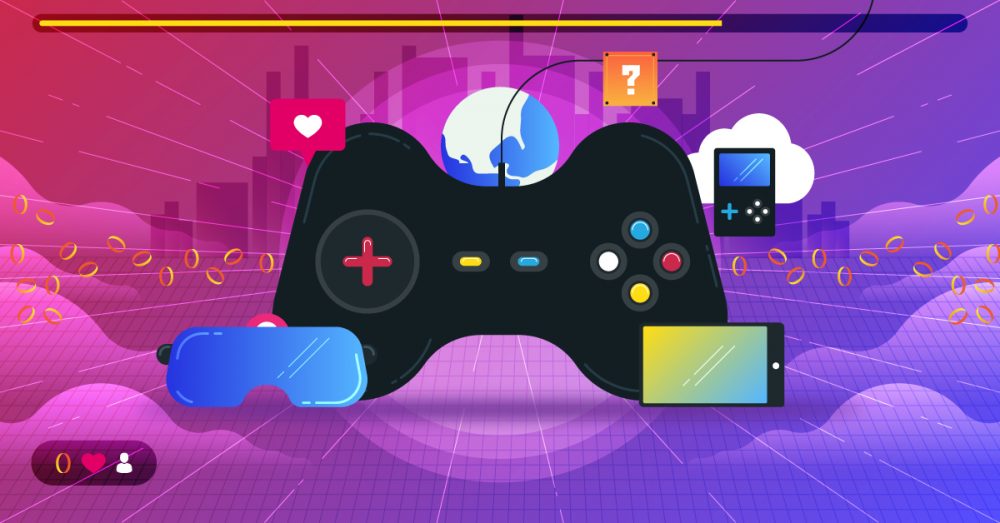Visual effects have become essential in gaming, transforming the industry by enhancing the player experience with immersive and interactive environments. Lighting, shading, animation, and particle effects are some of the technologies used to achieve this experience. The role of art in gaming provides game developers with the necessary creativity and designs to enhance the game’s aesthetic value, while technology allows game developers to create lifelike environments and characters with high-quality graphics. In conclusion, as the gaming industry continues to evolve, visual effects will remain a vital component in shaping future games’ experiences.
Visual Effects in Gaming: Enhancing the Gaming Experience Through Art and Technology
Introduction
Gaming is a popular form of entertainment that keeps growing by the day. Over the years, the gaming industry has evolved from simple games to complex experiences. One of the major developments in the gaming world is the inclusion of visual effects that enhance the gaming experience. Visual effects are an essential component of gaming as they create an immersive experience that transports players to a new world. This article will delve into the world of visual effects in gaming, highlighting the significance of art and technology in creating exceptional gaming experiences.
The Role of Visual Effects in Gaming
Visual effects have transformed the gaming industry by creating immersive and interactive experiences for players. Visual effects bring the game characters to life, making them more relatable and human-like. It is hard to imagine playing a game without visual effects. It would be like watching a movie with no special effects. Visual effects create the illusion of reality by adding depth, texture, and motion to game environments. They also trigger emotions in players, making them feel part of the game.
Types of Visual Effects in Gaming
Visual effects are vast and varied, with each type serving a specific purpose in the game. Some of the most common effects used in game development include lighting, shading, animation, and particle effects. Lighting effects refer to the methods used to create the right mood and atmosphere for the game. It includes the use of dynamic lighting, shadows, and reflections to create an illusion of light in the game environment. Shading, on the other hand, adds depth and realism to the game by defining the game characters and objects’ texture.
Animation is a crucial effect in gaming as it brings the game characters to life. It includes character movements, facial expressions, and body language. Animation is a critical component in storytelling, and it allows players to connect emotionally with the game characters. Finally, particle effects are used to create visual and audio effects that add realism to the environment. It includes features like smoke, explosions, and dust.
The Role of Art in Visual Effects
Art plays a crucial role in the implementation of visual effects in gaming. Game developers rely on artists to create the game characters, objects, and environments. The artists’ primary role is to create designs that enhance the game’s aesthetics and make it more engaging. They are responsible for ensuring that the game’s visual effects align with the game’s storyline, creating a seamless gaming experience. Additionally, artists use their creativity to create unique designs that make the game stand out from the competition. Art plays a significant role in the success of a game, and game developers rely on artists to create compelling visual effects that add value to the game.
The Role of Technology in Visual Effects
Technology has played a significant role in the development of visual effects in gaming. Game developers rely on technology to create lifelike environments, characters, and objects. Technology has enabled game developers to create high-quality graphics, allowing for realistic images and animations. Advancements in technology have also made it possible to enhance the visual effects, creating a better gaming experience. For example, the use of 3D modeling software has made it possible to create complex game environments, creating immersive experiences for players. Additionally, technology has made it possible to create particle effects that add realism to the game.
Conclusion
Visual effects have transformed the gaming industry by creating immersive and interactive experiences for players. Game developers rely on artists and technology to create compelling visual effects that enhance the gaming experience. The use of visual effects adds realism to the game, creating an illusion of reality that transports players to a new world. The gaming industry is continuously evolving, and visual effects are becoming increasingly important in game development. The future of gaming is bright, and visual effects will continue to play a significant role in shaping the future of gaming.
